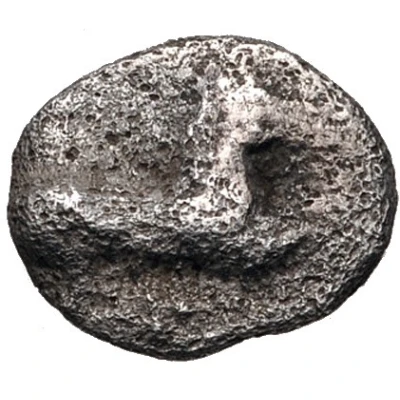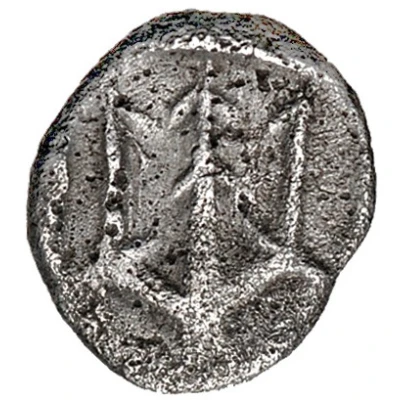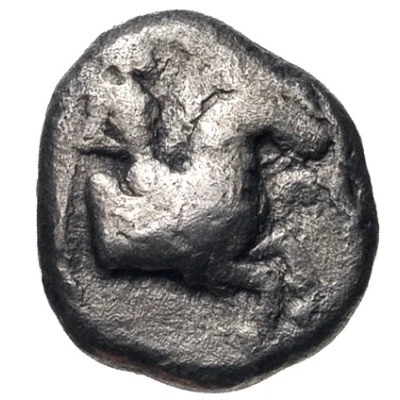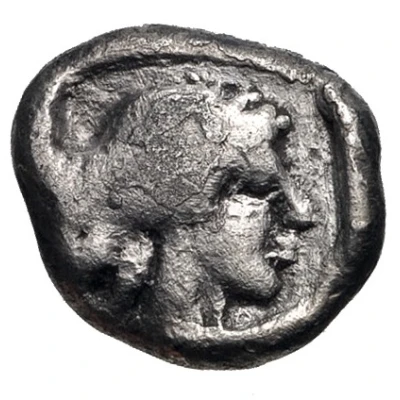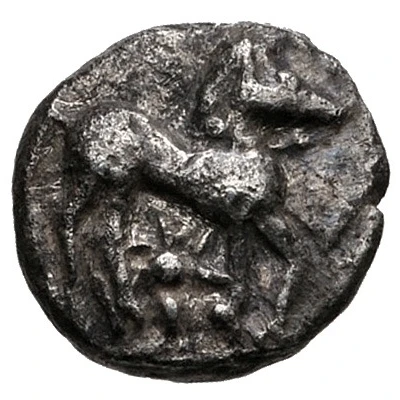
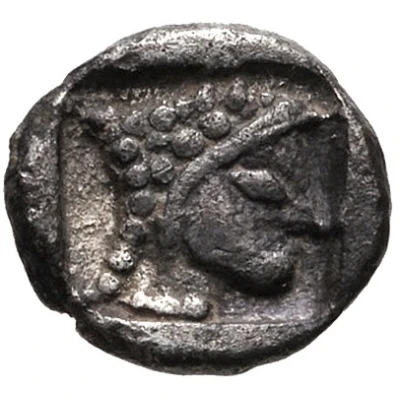

© Classical Numismatic Group, Inc.
Obol 525 BC - 500 BC
| Silver | 0.48 g | 7.0 mm |
| Issuer | Potidaia (Macedon) |
|---|---|
| Type | Standard circulation coin |
| Years | 525 BC - 500 BC |
| Value | Obol (⅙) |
| Currency | Drachm |
| Composition | Silver |
| Weight | 0.48 g |
| Diameter | 7.0 mm |
| Shape | Round (irregular) |
| Technique | Hammered, Incuse |
| Demonetized | Yes |
| Updated | 2024-10-10 |
| Numista | N#178524 |
|---|---|
| Rarity index | 100% |
Reverse
Head of female right, with Archaic features, within incuse square
Interesting fact
The Obol coin was used as a form of currency in ancient Greece, specifically in the city-state of Potidaia in Macedon. It was made of silver and weighed approximately 0.48 grams. Despite its small size, the Obol coin played a significant role in the ancient Greek economy, as it was used to purchase everyday items such as food, clothing, and other necessities. The coin's design featured an image of a dolphin, which was a symbol of the city-state and represented its connection to the sea. The Obol coin was also used as a form of payment for soldiers and was often given as a gift to the gods as an offering. Today, the Obol coin is a valuable collector's item and is highly sought after by numismatists and historians.
